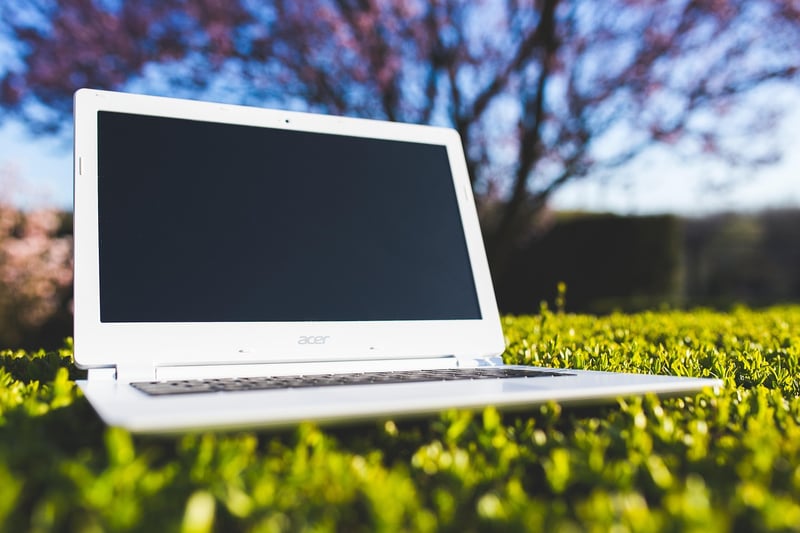Chrono Devices
Tools for Time Exploration and Chrono Devices
Time, an enigmatic concept that has fascinated humans for centuries, has been a subject of exploration, study, and manipulation. From ancient sundials to modern atomic clocks, humanity has developed various tools to understand and measure time. In this article, we will delve into some of the tools used for time exploration and the fascinating world of chrono devices.
1. Sundials
Sundials are one of the oldest timekeeping devices, dating back to ancient civilizations. They use the position of the sun's shadow to indicate the time of day. Despite their simplicity, sundials are elegant instruments that have stood the test of time.
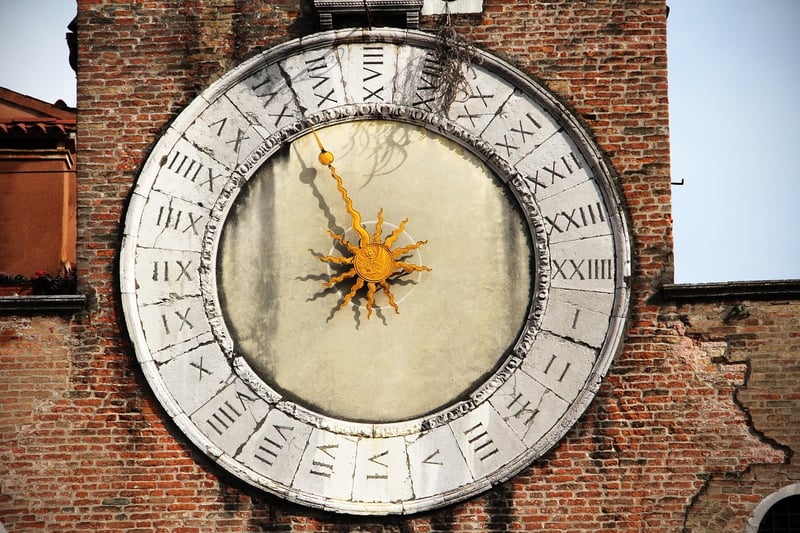
2. Water Clocks
Water clocks, also known as clepsydra, measure time based on the regulated flow of water from one container to another. These early timepieces were used by various ancient cultures and were an essential tool for tasks that required precise timing.
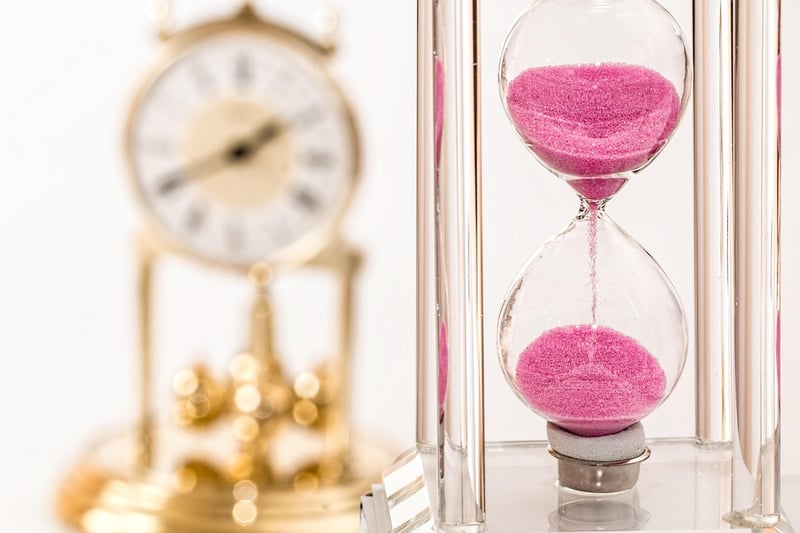
3. Mechanical Clocks
Mechanical clocks revolutionized timekeeping with the invention of escapements and gears. They marked a significant advancement in timekeeping precision and were the predecessors of modern clocks and watches.
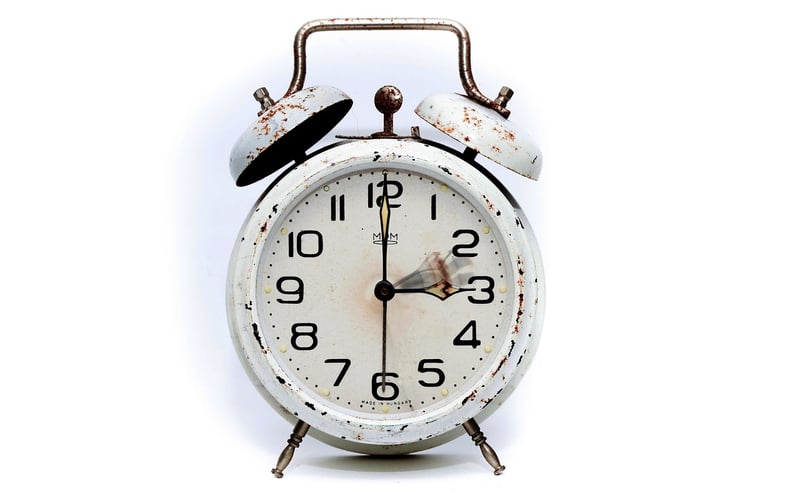
4. Atomic Clocks
Atomic clocks are the most accurate timekeeping devices, relying on the vibrations of atoms to measure time. These clocks are used in scientific research, telecommunications, and global positioning systems due to their unparalleled precision.
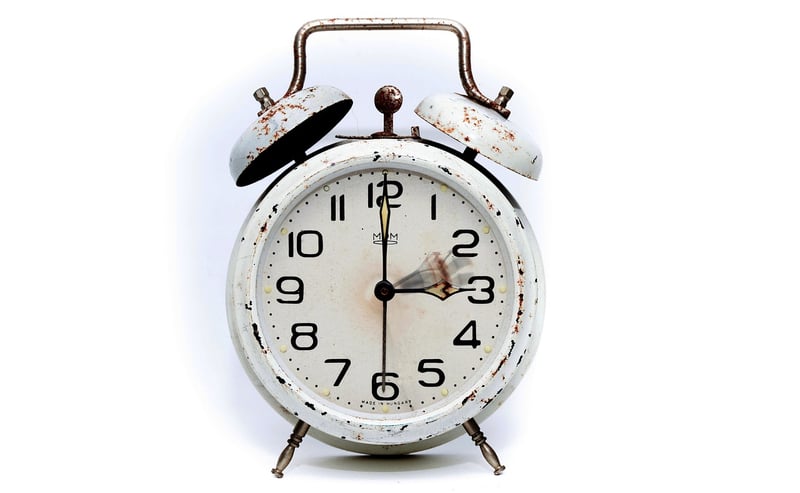
5. Chrono Devices
Chrono devices, short for chronographic devices, are instruments used to measure and record time intervals with high accuracy. They are commonly used in sports, scientific experiments, and various time-sensitive activities.
Exploring the evolution of timekeeping tools and chrono devices not only showcases human ingenuity but also highlights our unending quest to unravel the mysteries of time.
